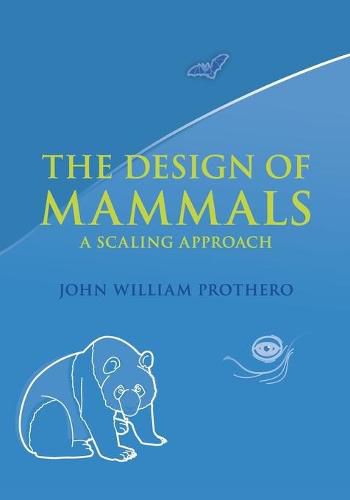Readings Newsletter
Become a Readings Member to make your shopping experience even easier.
Sign in or sign up for free!
You’re not far away from qualifying for FREE standard shipping within Australia
You’ve qualified for FREE standard shipping within Australia
The cart is loading…






Despite an astonishing 100 million-fold range in adult body mass from bumblebee bat to blue whale, all mammals are formed of the same kinds of molecules, cells, tissues and organs and to the same overall body plan. A scaling approach investigates the principles of mammal design by examining the ways in which mammals of diverse size and taxonomy are quantitatively comparable. This book presents an extensive reanalysis of scaling data collected over a quarter of a century, including many rarely or never-cited sources. The result is an unparalleled contribution to understanding scaling in mammals, addressing a uniquely extensive range of mammal attributes and using substantially larger and more rigorously screened samples than in any prior works. An invaluable resource for all those interested in the ‘design’ of mammals, this is an ideal resource for postgraduates and researchers in a range of fields from comparative physiology to ecology.
$9.00 standard shipping within Australia
FREE standard shipping within Australia for orders over $100.00
Express & International shipping calculated at checkout
Despite an astonishing 100 million-fold range in adult body mass from bumblebee bat to blue whale, all mammals are formed of the same kinds of molecules, cells, tissues and organs and to the same overall body plan. A scaling approach investigates the principles of mammal design by examining the ways in which mammals of diverse size and taxonomy are quantitatively comparable. This book presents an extensive reanalysis of scaling data collected over a quarter of a century, including many rarely or never-cited sources. The result is an unparalleled contribution to understanding scaling in mammals, addressing a uniquely extensive range of mammal attributes and using substantially larger and more rigorously screened samples than in any prior works. An invaluable resource for all those interested in the ‘design’ of mammals, this is an ideal resource for postgraduates and researchers in a range of fields from comparative physiology to ecology.